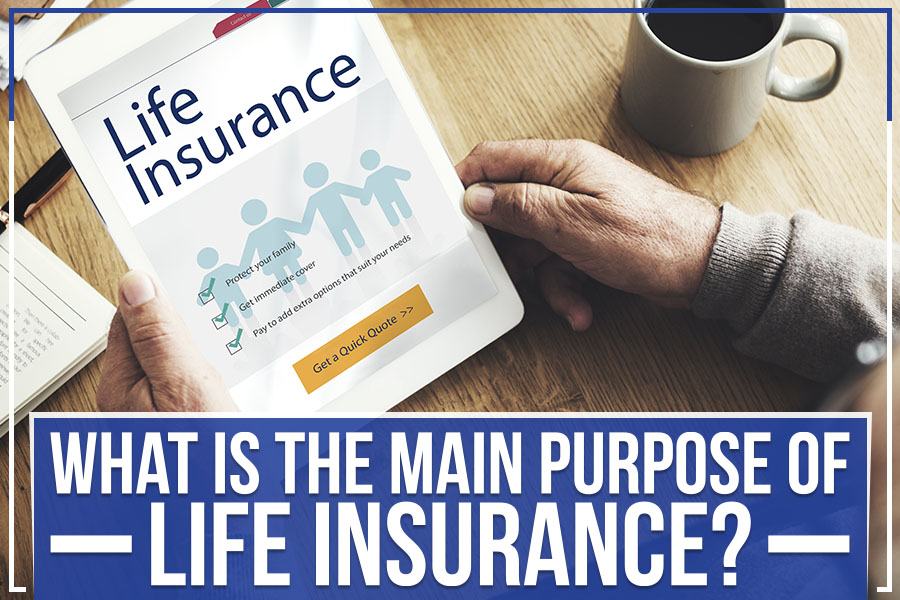The Best Strategy To Use For Pacific Prime
Table of ContentsThe Single Strategy To Use For Pacific PrimeThe 15-Second Trick For Pacific PrimeLittle Known Facts About Pacific Prime.Unknown Facts About Pacific PrimeFacts About Pacific Prime Uncovered

This is due to the fact that the information were gathered for a period of strong economic efficiency. Of the estimated 42 million people who were without insurance, just about about 420,000 (regarding 1 percent) were under 65 years of age, the age at which most Americans become eligible for Medicare; 32 million were adults in between ages 18 and 65, around 19 percent of all adults in this age team; and 10 million were children under 18 years of age, regarding 13.9 percent of all children (Mills, 2000).
These quotes of the variety of individuals uninsured are created from the annual March Supplement to the Present Populace Study (CPS), carried out by the Demographics Bureau. Unless otherwise noted, national quotes of individuals without health insurance policy and proportions of the population with different type of insurance coverage are based upon the CPS, the most commonly made use of source of estimates of insurance coverage and uninsurance rates.
Not known Factual Statements About Pacific Prime

Still, the CPS is especially useful due to the fact that it generates yearly estimates reasonably rapidly, reporting the previous year's insurance protection estimates each September, and because it is the basis for a consistent collection of price quotes for even more than two decades, enabling evaluation of patterns in coverage in time. For these factors, in addition to the considerable use the CPS in other research studies of insurance protection that are offered in this report, we rely upon CPS quotes, with restrictions noted.

The estimate of the variety of uninsured individuals increases when a populace's insurance policy status is tracked for numerous years. Over a three-year duration starting early in 1993, 72 million people, 29 percent of the united state populace, lacked insurance coverage for at the very least one month. Within a solitary year (1994 ), 53 million people experienced a minimum of a month without coverage (Bennefield, 1998a)
Six out of every 10 uninsured grownups are themselves utilized. Functioning does enhance the likelihood that one and one's household members will certainly have insurance policy, it is not an assurance. Even members of families with 2 full-time breadwinner have nearly a one-in-ten possibility of being without insurance (9.1 percent without insurance rate) (Hoffman and Pohl, 2000).
Pacific Prime Can Be Fun For Anyone
New immigrants make up a considerable percentage of individuals without medical insurance. One analysis has attributed a substantial portion of the recent growth in the dimension of the united state without insurance population to immigrants who showed up in the nation in between 1994 and 1998 (Camarota and Edwards, 2000). Current immigrants (those who pertained to the USA within the previous 4 years) do have a high rate of being uninsured (46 percent), however they and their children account for just 6 percent of those without insurance policy nationally (Holahan et al., 2001).
The connection in between medical insurance and access to care is well established, as documented later in this chapter. The partnership between health insurance coverage and health outcomes is neither straight neither easy, a substantial scientific and health and wellness solutions research literary works web links wellness insurance coverage to enhanced access to care, better top quality, and boosted personal and population health standing.
Degrees of evaluation for taking a look at the effects of uninsurance. It concentrates specifically on those without any kind of wellness insurance for any kind of length of time.
The 10-Minute Rule for Pacific Prime
The troubles faced by the underinsured are in some aspects comparable to those dealt with by the without insurance, although they are usually less extreme. global health insurance. Uninsurance and underinsurance, nonetheless, entail noticeably different policy concerns, and the techniques for resolving them may vary. Throughout this research study and the five reports to adhere to, the major emphasis gets on persons without any medical insurance and therefore no help in paying for health and wellness treatment beyond what is available through charity and safeguard establishments
Wellness insurance policy is a powerful factor influencing invoice of care due to the fact that both individuals and doctors reply to the out-of-pocket price of solutions - https://www.easel.ly/browserEasel/14457146. Health and wellness insurance policy, however, is neither essential neither enough top article to get to medical solutions. Nevertheless, the independent and straight effect of wellness insurance coverage on access to health solutions is well established.
Others will get the healthcare they need even without medical insurance, by paying for it expense or seeking it from providers that offer care cost-free or at extremely subsidized prices. For still others, medical insurance alone does not make certain receipt of treatment due to other nonfinancial barriers, such as an absence of healthcare companies in their area, restricted access to transport, illiteracy, or linguistic and social distinctions.
Some Ideas on Pacific Prime You Should Know
Formal study regarding without insurance populaces in the USA dates to the late 1920s and very early 1930s when the Board on the Cost of Medical Care produced a collection of reports about financing physician workplace check outs and hospitalizations. This concern ended up being significant as the numbers of clinically indigent climbed up throughout the Great Depression.